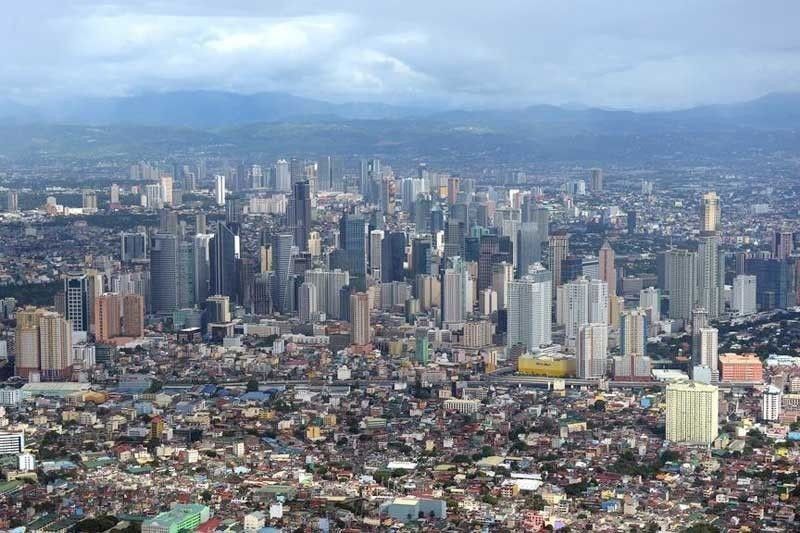Debt-to-GDP ratio declines to 37.6%

MANILA, Philippines — The share of the country’s consolidated general government debt to gross domestic product (GDP) settled at 37.6 percent in the second quarter, lower compared to the previous quarter’s 38 percent despite the increase in borrowings, according to the Department of Finance (DOF).
According to the latest data from the DOF, the general government debt as of end-June amounted to P6.8 trillion, up by 0.7 percent from P6.7 trillion in the first quarter and by 13.4 percent compared to the level in the same period last year.
General government debt includes the outstanding debt of the national government, social security institutions (SSIs), the Central Bank Board of Liquidators (CB-BOL) and local government units (LGUs), minus intra-sector debt holdings of government securities, including those held by the bond sinking fund (BSF).
Debt-to-GDP ratio is an indicator used by debt watchers and credit rating agencies to assess a country’s debt sustainability. A lower ratio indicates the government is generating more resources than debt, giving it more payment capacity.
In the second quarter, the economy expanded by 5.5 percent, slower than the first quarter growth of 5.6 percent and the second quarter 2018 figure of 6.2 percent.
Based on DOF data, the bulk or P4.3 trillion of the total debt stock during the period came from domestic lenders, while the remaining P2.5 trillion came from external creditors.
National government debt, net of the bond sinking fund, climbed by 0.8 percent to P7.3 trillion in the second quarter from P7.2 trillion in the first quarter, and by 12.7 percent a year ago.
The DOF said local government debt likewise increased by 3.6 percent as compared to the first quarter level and 17.4 percent over the same period in 2018.
Meanwhile, social security institutions, such as the Government Service Insurance System and the Social Security System did not contribute to the debt stock, the DOF said. Instead, they increased their intra-sector holdings of government securities by 2.2 percent as compared to the first quarter level.
The government borrows from both domestic and external lenders to plug the expected deficit in its budget, which is capped at 3.2 percent of the gross domestic product (GDP) this 2019.
According to the latest data from the Bureau of the Treasury, the national government’s outstanding debt slightly declined to P7.906 trillion as of end-October from P7.908 trillion in the previous month.
National Treasurer Rosalia De Leon earlier said the share of the national government’s debt-to-GDP ratio is expected to remain steady at 41.4 percent by the end of 2019 and 2020.
- Latest
- Trending

























